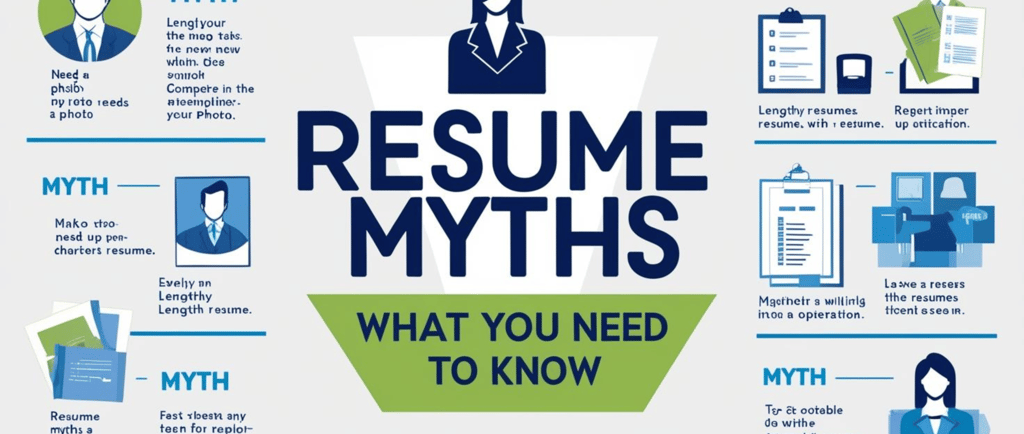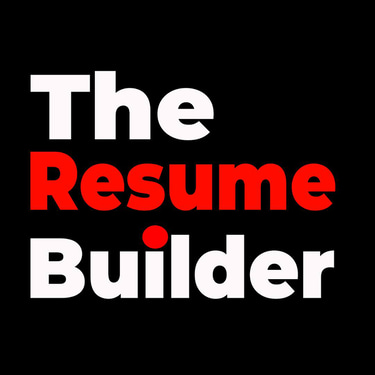Resume Myths You Need to Know
This article debunks common resume writing myths, covering topics like resume length, objective statements, schooling details, personal information and ATS-friendly formatting. Learn best practices for creating an effective, professional resume.
Abhishek Kundu
3/27/20252 min read


When it comes to resumes, job seekers often fall prey to outdated advice and misconceptions that can hinder their chances of landing a job. With evolving hiring practices, it's crucial to understand what truly works. Let's debunk some of the most common resume myths and set the record straight.
Myth 1: A Resume Should Always Be One Page
While a one-page resume is a widely accepted format, it is not a hard-and-fast rule. If a candidate has extensive project exposure, multiple roles, or diverse skill sets, a two-page resume is perfectly acceptable. The key is to ensure the content is relevant and justifiable.
Example:
A software engineer with three years of experience may have worked on ten different projects with varied tech stacks. Condensing this into a single page may compromise essential details.
A marketing professional with experience in social media, paid ads, SEO, and branding may find it challenging to highlight achievements effectively on one page.
The takeaway? If you have substantial experience and contributions to showcase, a two-page resume is welcome, provided the content is meaningful and well-structured.
Myth 2: A Resume Must Include an Objective Statement
Gone are the days when recruiters were interested in reading an objective statement. Instead of stating what you want, focus on what you bring to the table. Your resume should emphasize key skills, professional achievements, and how your experience aligns with the job requirements.
What to Include Instead:
A compelling summary or professional profile that highlights your expertise.
Key accomplishments and quantifiable results.
Skills and competencies relevant to the job role.
Myth 3: Class 10 & 12 Schooling Details Are Necessary
Including schooling details is unnecessary unless you are a recent graduate. Hiring managers are primarily interested in your highest level of education and relevant qualifications.
Best Practice:
Start from graduation and list any post-graduate or professional certifications.
If you have relevant coursework or training, mention those instead of high school details.
Myth 4: Age, Marital Status, and Religion Must Be Included
Personal details like age, marital status, religion, and nationality are irrelevant in a modern resume. Including them can even lead to unconscious bias in the hiring process.
What to Avoid:
Date of birth
Gender
Marital status
Religious beliefs
Instead, focus on professional qualifications, skills, and experience.
Myth 5: Resumes Should Have Logos, Graphics and Charts
While visually appealing resumes may seem impressive, they are not ATS-friendly. Applicant Tracking Systems (ATS) scan and filter resumes based on keywords and structured content. Graphical elements can disrupt parsing and cause important information to be missed.
Why Avoid Graphics?
Many ATS software cannot read embedded images or charts.
Recruiters prefer clear, readable formats without unnecessary distractions.
A simple, well-organized layout with bullet points and sections is more effective.
Understanding what works in a modern resume is crucial for job seekers. Instead of following outdated myths, focus on:
A well-structured, content-driven resume.
Showcasing achievements and key skills over redundant details.
Avoiding unnecessary graphics and personal information.
By aligning your resume with industry standards and hiring practices, you increase your chances of making a strong impression on recruiters and securing the job you deserve.
Expert in
Professional Resume Writing Company in Kolkata, West Bengal
Professional Resume Writer in Kolkata, West Bengal
ATS Resume Writing in Kolkata, West Bengal
GET IN TOUCH
theresumebuilderindia@gmail.com
+91 89813 60947
© 2015. All rights reserved by Abhishek Kundu Resume Writing Co.
abhishek@atsresumewriting.in
